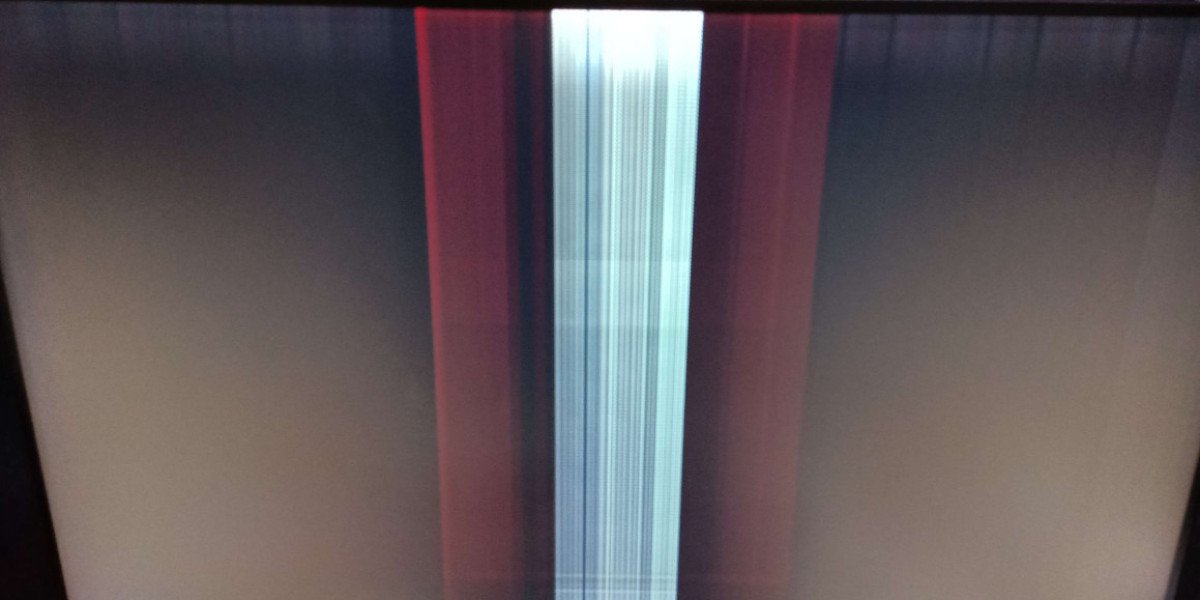Running audio, video, and lighting systems over turf at outdoor events comes with its own set of challenges. Rain, wind, sun glare, interference, and rugged terrain can all cause unexpected AV glitches. But don’t panic—many common issues have tried-and-true fixes. Below are the top problems you’ll face, how to diagnose them, and steps to resolve them—so your event goes off without a hitch.
1. Why Outdoor Turf AV Is So Tricky
Turf fields seem simple—just set up gear and go. But in reality:
The open sky and lack of walls allow signals to scatter or fade.
Environmental conditions (humidity, dew, hot sun) stress electronics and connections.
Cables run across ground surfaces, risking crushing, moisture ingress, or tripping faults.
Synchronizing displays, lighting, and sound across large open distances can lead to latency or timing mismatches.
Because of that, systems must be rugged, well planned, and constantly monitored.
2. Glitch: Frozen or Lagging Video Feed on Displays / Screens
Why It Happens
Weak video signal over long runs (HDMI/SDI cables too long without amplifiers)
Latency between camera input and display processing
Signal interference from lighting or power sources
Fixes You Can Try
Use fiber optic or signal extension hardware (SDI repeaters, HDMI boosters) to maintain signal strength.
Employ low-latency video processing units or use direct feed paths without unnecessary processing hops.
Isolate video cables from high-voltage lighting cables to reduce electromagnetic interference.
Use differential signaling (balanced feeds) to resist noise.
3. Glitch: Audio Dropouts, Buzzes, or Hissing
Why It Happens
Ground loops between equipment zones
Interference or cross-talk from lighting dimmers
Loose connectors or degradation under turf conditions
Wireless mic or transmitter losing line-of-sight or being blocked
Fixes You Can Try
Use isolation transformers or ground lift switches to break ground loops.
Route audio cables separately from lighting power lines; use shielded or twisted-pair cabling.
Lock and strain-relief all connectors; replace any corroded or worn jacks.
For wireless mics, place antennas higher, avoid obstructions, and use diversity receivers.
4. Glitch: Lighting Suddenly Flickers or Lags
Why It Happens
Inrush current from lighting fixtures drawing power suddenly
Voltage sag due to shared power circuits
Control signal disruption (DMX over long runs)
Fixes You Can Try
Use proper circuit separation: lighting circuits on dedicated feeders, not shared with AV components.
Add local power conditioning or voltage stabilizers at lighting racks.
Use buffered DMX repeaters or optical DMX lines to extend control without signal drop.
Distribute lighting fixtures in zones so one overload doesn’t affect the whole system.
5. Glitch: Synchronization & Timing Mismatches
Especially in shows combining LED displays, lighting cues, and audio, alignment matters.
Why It Happens
Latency in any device in the signal chain
Trigger delays or processing in controllers
Drift or lack of clock sync between systems
Fixes You Can Try
Use a central timing / master clock reference to sync lighting, video, and audio systems.
Buffer or adjust delay parameters so cues align (e.g. delay video slightly to match lighting).
Avoid daisy-chaining through many devices—shorten the chain or use smarter routers/switches with sync awareness.
6. Preventative Maintenance & Setup Tips
Here’s what you should always do before and during an event to minimize glitches:
Run a full system rehearsal in daylight and nighttime conditions.
Use labeled cabling and test all paths early.
Apply weatherproof covers and strain reliefs to connectors and junction boxes.
Keep spare modules (cables, receivers, amplifiers) on hand for quick swap.
Use system monitoring dashboards so you spot signal degradation early.
Train your crew to recognize early warning signs (audio hiss, brightness fluctuation, stuttered video) so they can act fast.
7. When You Need a Pro Intervention
If glitches persist despite best setup, here’s when bring in a ONE EXPERT AV specialist:
Faults in internal electronics you can’t access or trace
Complex timing or synchronization issues across large systems
Permanent installations needing calibration or reconfiguration
Diagnosing signal path faults in fiber or high-end video distribution
An expert can dive into diagnostics tools, rework routing, replace complex boards, and ensure system health under stress.
✅ Final Thoughts
Outdoor turf events demand robust AV setups—any weak link shows up fast. The strongest strategy is combining good planning, proper routing, isolation, synchronization, and backup strategy. With the fixes above, many common AV glitches can be avoided or resolved quickly. If your event is mission-critical, having a skilled AV technician ready can save the day.
If you tell me the size of your field, the distance of your equipment runs, and what gear you're using (cameras, displays, lighting), I can help you design a glitch-proof AV architecture. Do you want me to map that out?








